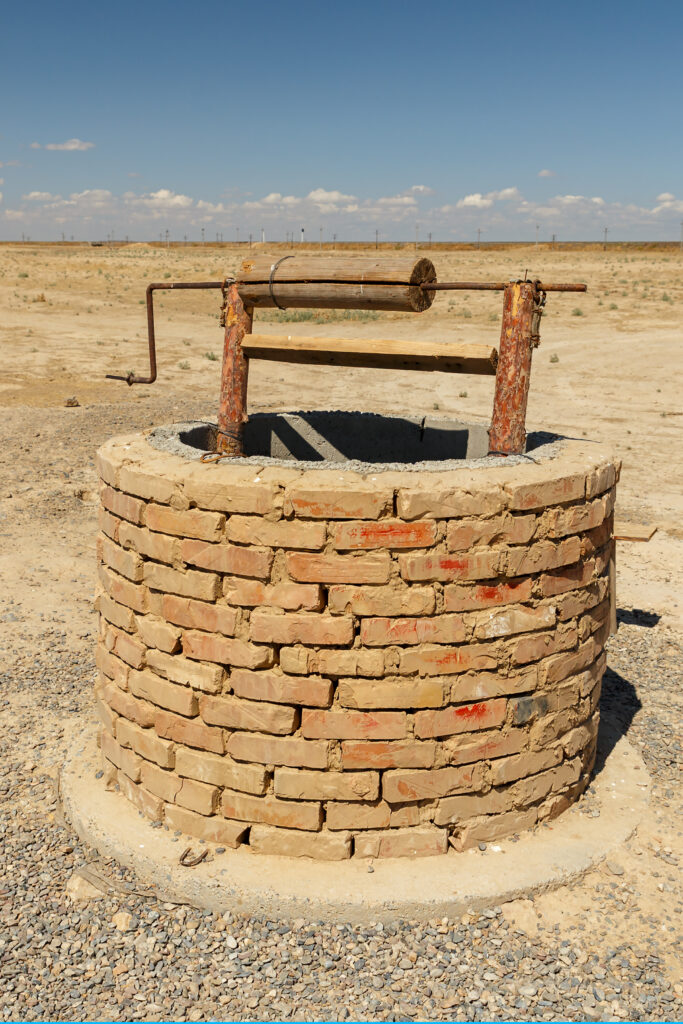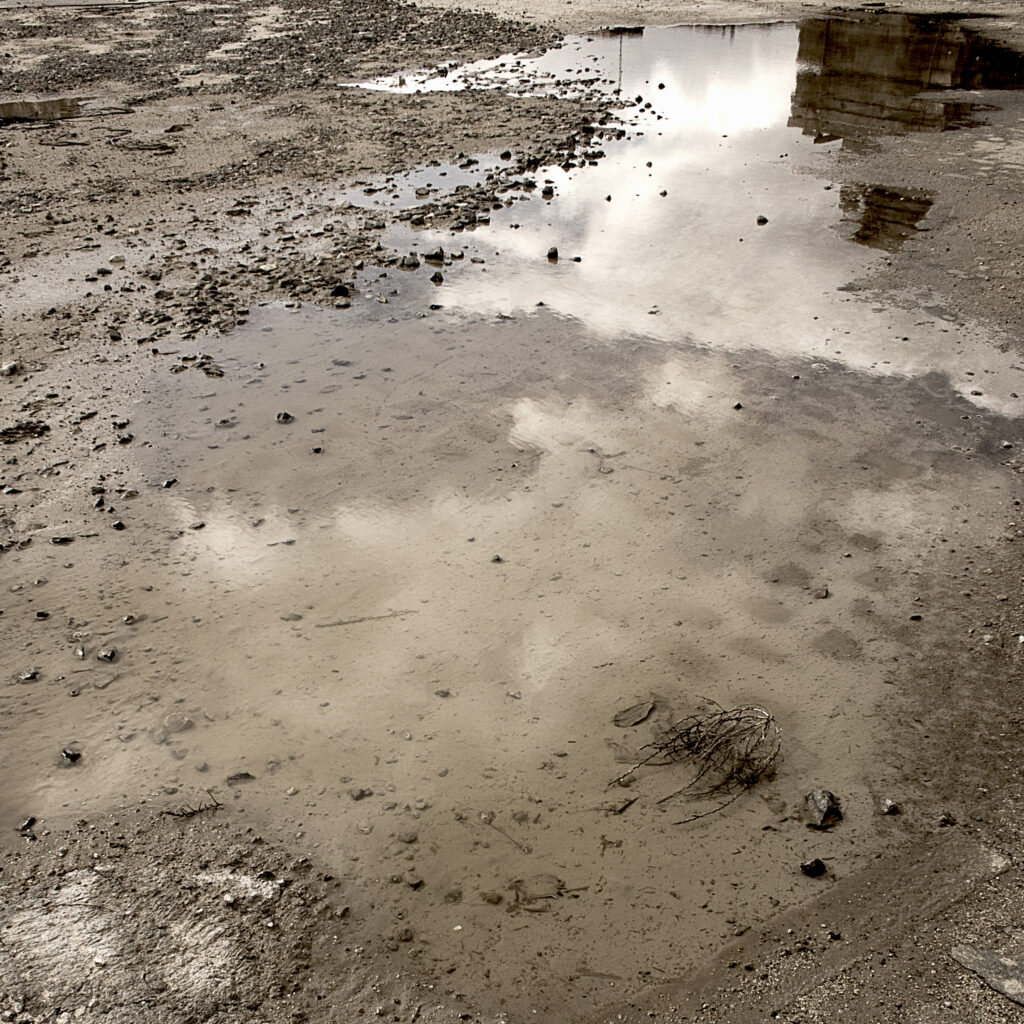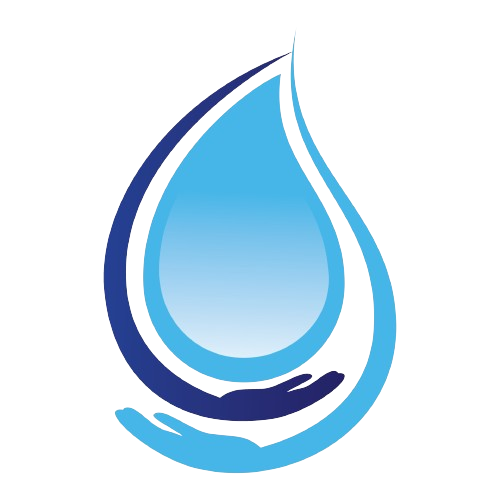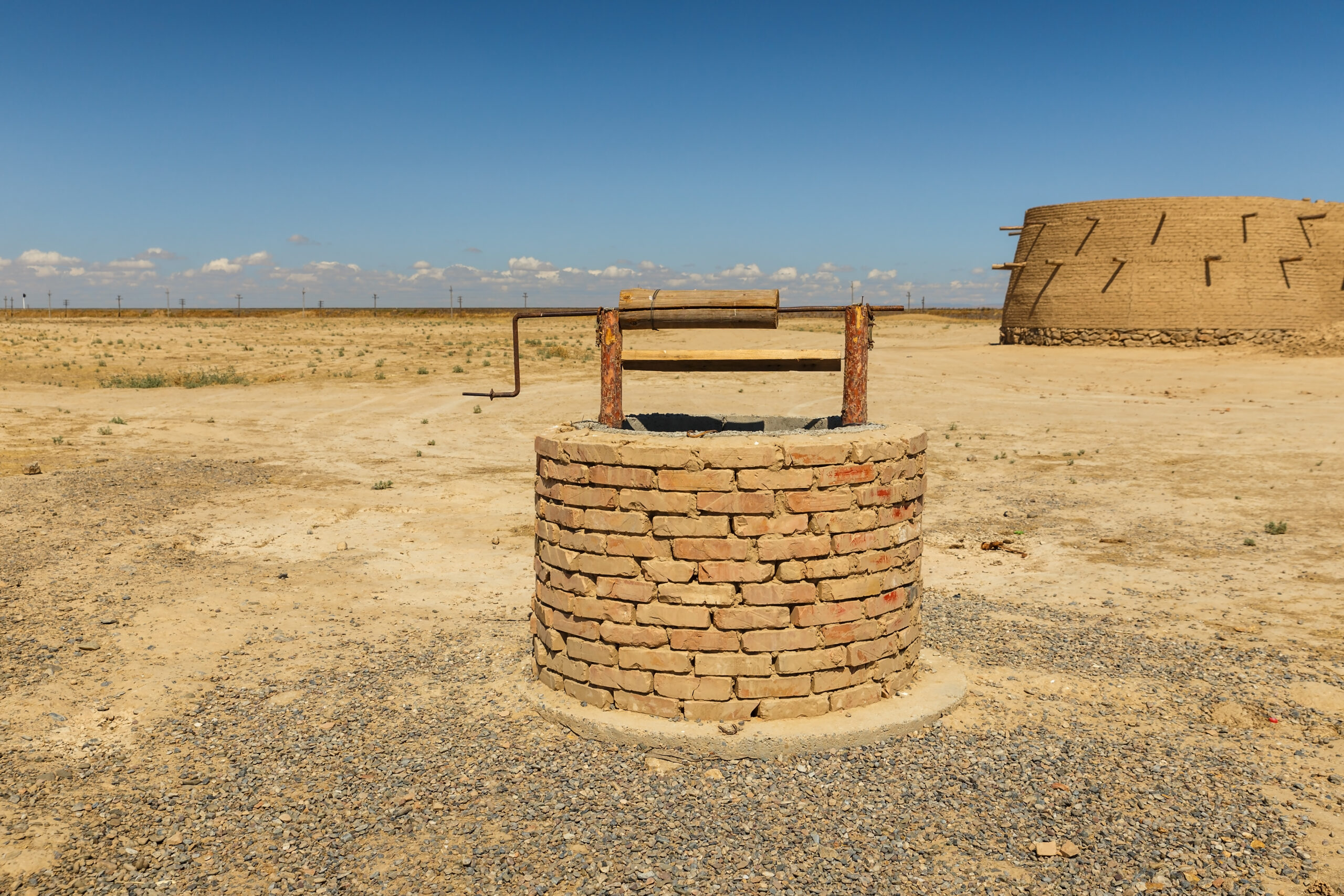Water cleanliness is a prerequisite for health, ecosystems, and good living. However, cleanliness of water remains a challenge in many parts of the world. Poor water leads to severe health complications, environmental degradation, and financial loss. Indeed, the improvement of water cleanliness calls for a multi-factorial approach to address efficacy in technological enhancements, public awareness, and policy. The following are major strategies towards enhancing the cleanliness of water: safe water for all.
1. Advanced Technologies In Water Treatment
A further means in which water cleanliness can be enhanced is through advanced technologies in water treatment. The technologies help to extract contaminants, pathogens, and chemicals that have adverse effects in water, rendering it fit for drinking and use. Some common advanced technologies used in water treatment include:
Filtration: It is the process of removing particles, sediments, and microorganisms found in water. Improved filters, such as activated carbon filters and ceramic filters, have demonstrated efficient water quality filtration.
Reverse Osmosis: This is the process of forcing water through a fine membrane under pressure, which filters out salts, bacteria, and other impurities. The technology is widely applied in both domestic and industrial setups for treatment towards pure water.
Ultraviolet Disinfection: The process in which bacteria, viruses, and other microorganisms present in water are killed by using ultraviolet light, in turn making this process chemical-free; it can be particularly very efficient in giving out clean water when there is microbial contamination.
Chemical Treatment: Water disinfection is generally done through chemical treatments such as chlorination, ridding water of harmful microorganisms. It could be very effective, though it needs proper application to avoid side effects and guarantee safe drinking water.

2. Conservation Of Water Sources
Conservation of natural water sources, such as rivers, lakes, and groundwater, is very important for water cleanliness. The pollution results in a gross depreciation of the quality of water due to industrial run-off, agricultural activities, and urbane development. The following are the measures for the protection of water sources:
Reducing Pollution: Reduction in water pollution can effectively be achieved by rigid policies on industrial waste disposal, agricultural runoff, and discharge of sewage. Promotion of environmentally friendly practices contributes to protecting water sources.
Conservation Of Tapos: This can be done through the protection and restoration of wetlands, forests, and other natural habitats. These will serve both as water filters and enhance biodiversity.
Buffer Zone Implementation: Establishing buffer zones around water bodies, such as rivers or lakes, to stop the pollutants from entering into the water. They act as a natural filter when sediments along with other pollutants are detained before they subsequently enter a water source.
3. Enhancing Wastewater Management
Proper wastewater management is very significant to enhance water cleanliness. Untreated or poorly treated wastewater may add poisonous pollutants to the environment through the contamination of water bodies and thereby pose health risks. Ways to further improve wastewater management are upgrading: wastewater treatment plants with modern treatment technologies, including biological treatment processes and membrane filtration, in order to achieve proper treatment of the waste before its discharge to the environment.
Water Recycling And Reuse Program: The above is a procedure by which water is taken and managed such that it meets the quality to which it can be applied in irrigation, industrial processes, and flushing toilets. It thereby reduces the demand for fresh water and minimizes the discharge of pollutants to natural water bodies.
Proper Septic System Maintenance: Septic systems are popular for wastewater disposal in most of the rural areas. Timely maintenance, including inspection of the system and pumping of the tank, will help maintain its regular function and avoid system failures leading to groundwater contamination.
4. Public Awareness And Education
Public awareness and education form a very important part of any water cleanliness improvement strategy. People will more likely take part in practices for the conservation and cleanliness of water when they understand the importance and how human activities influence quality. With regards to awareness raising:
Information Campaigns: Governments, NGOs, and local community groups can take awareness programs on water pollution, conservation techniques, and the need for clean water to all segments of the population. The programs can include workshops, school programs, and sensitization through media houses on the same.
Water-Saving Practices: Encouragement in the practice of saving water, like fixing leaks and using efficient water appliances, will save on water as well as reduce pressure on the treatment systems.
Community involvement fosters a sense of stewardship and ownership of local water resources with local water-monitoring and conservation practices. Involvement with local community initiatives, such as river clean-ups and tree planting, will lead to great improvement in water cleanliness.

5. Strengthen Regulatory Frameworks / Policies
Better water cleanliness does not come through without effective regulation and policy enforcement. The government should, therefore, put in place policies that will lead to enacted laws promoting the protection of water quality and policies supporting water management sustainably. Some of the key regulatory steps that will be undertaken include:
Determination Of Standards For Quality: quality standards for water should be ascertained as well as implemented. These standards will ensure that all types of water are safe for use by living things and will contribute positively to ensuring a clean environment.
Regulating Industrial Discharge: Tight regulations on effluents and discharges from industries reduce the chemical and pollutant aspects of the elements into water bodies. Regular monitoring with heavy penalties for non-compliance is among the key enforcement measures of the law.
Research And Innovation Support: Governments could support research in new technologies in water treatment and innovative approaches to water management. Investments and funding of research institutions and their ties with private companies can further propel innovations in water cleanliness.
By applying these strategies, we can significantly boost the cleanliness and guarantee of water safety for the water bodies for all.

